Fleeting Wonders: The Incredible Da Vinci Ice Bridge in Finland
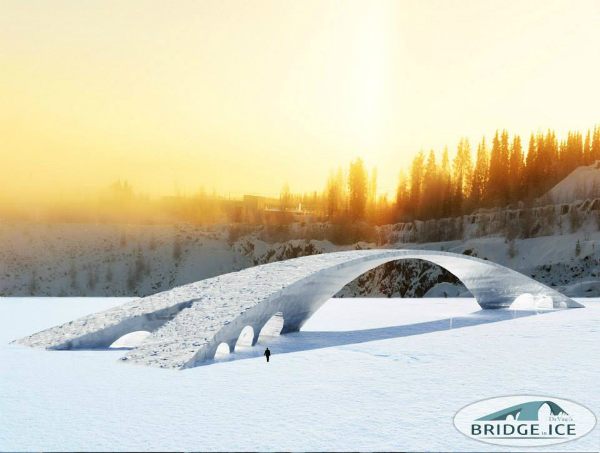
A rendering of the Bridge in Ice, coming soon to Finland. (Image: MNN/Bridge in Ice)
Sure, ice sculptures are impressive, but when you live on a wintery tundra, your average frozen swan just won’t cut it. So this year, students at Eindhoven University of Technology in Juuka, Finland have gone bigger: they’re resuscitating a 500-year-old bridge design by Leonardo DaVinci, all in ice.
To do this, they’ve put a futuristic twist on the age-old material. First, they mix water with cellulose fibers to make its frozen form extra-strong and extra-flexible. They then spray this reinforced water on giant balloon molds, and let it freeze one layer at a time. After enough layers are caked on, the supports are deflated, and the slippery structure stands on its own.

Da Vinci originally designed the bridge to span the Golden Horn, an offshoot of the Bosphorus that separates the center of Istanbul from the rest of the city. The 240-meter structure would have been the largest single-span bridge of its time, but a structure of that magnitude was thought to be impossible, and it was never built.
The students have retained this sense of ambition–although their bridge will be much smaller than Da Vinci’s, clocking in at 35 meters, it will still be, in their words, ”the world’s longest span in ice ever realized.” To accompany it, they are also building an igloo, an illuminated waterfall, and a series of more fanciful sculptures that show off new ice engineering techniques.
The students are old, cold pros at this point, having already built an ice model of the Sagrada Familia, which happened to double as the world’s tallest ice dome. But even these freezemasters need an extra pair of (gloved) hands every once in a while. If you happen to be around Juuka, you can help out up until the bridge’s proposed completion in mid-February. Or, for a less frigid experience, snuggle up with their series of daily timelapse videos.
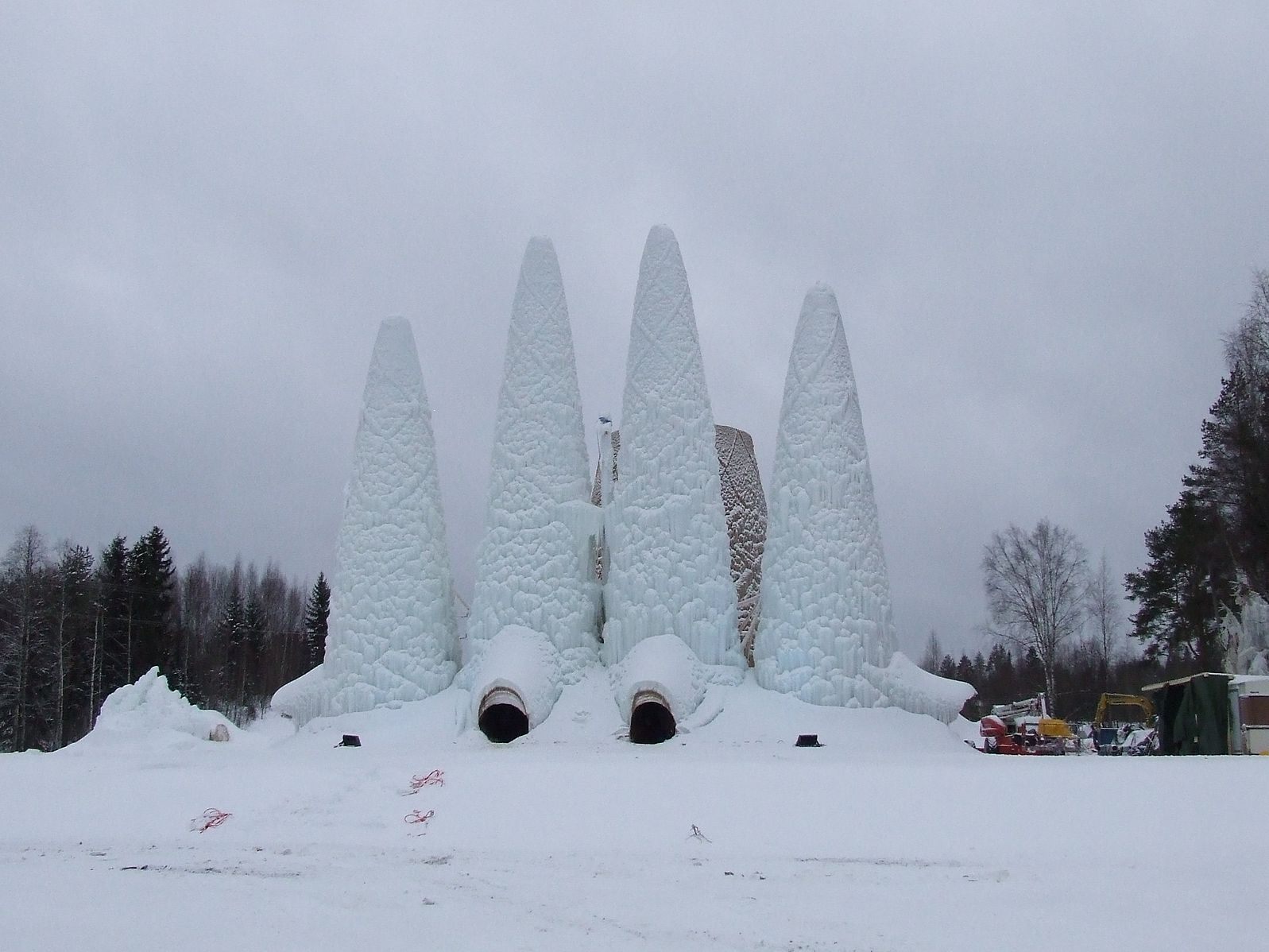
2014’s project, the Sagrada Familia in Ice. (Photo: Niera/WikiCommons CC BY-SA 4.0)
Every day, we track down a fleeting wonder—something amazing that’s only happening right now. Have a tip for us? Tell us about it! Send your temporary miracles to cara@atlasobscura.com.


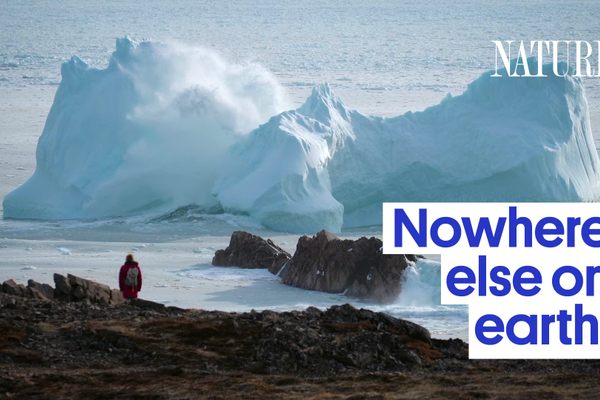
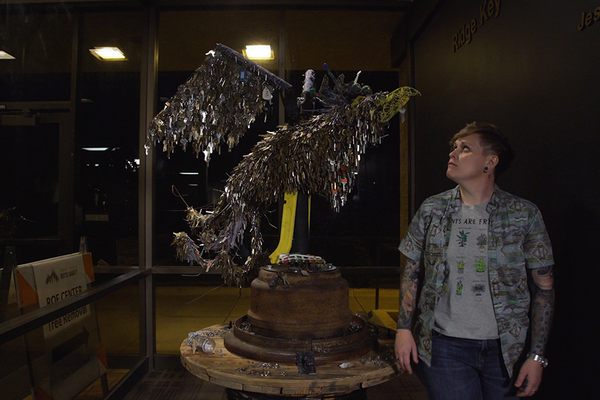
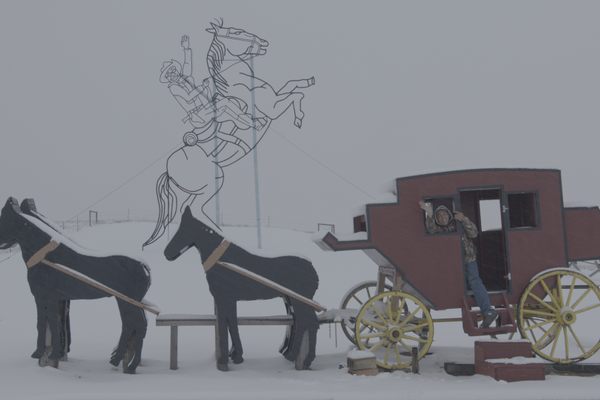


Follow us on Twitter to get the latest on the world's hidden wonders.
Like us on Facebook to get the latest on the world's hidden wonders.
Follow us on Twitter Like us on Facebook